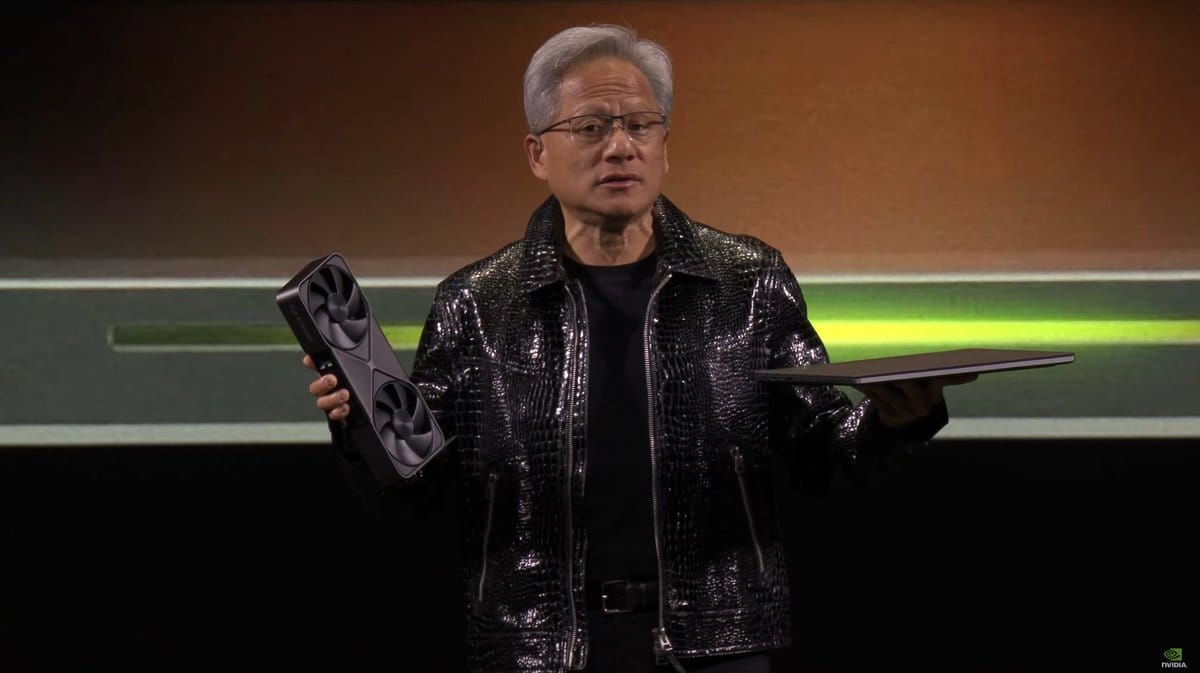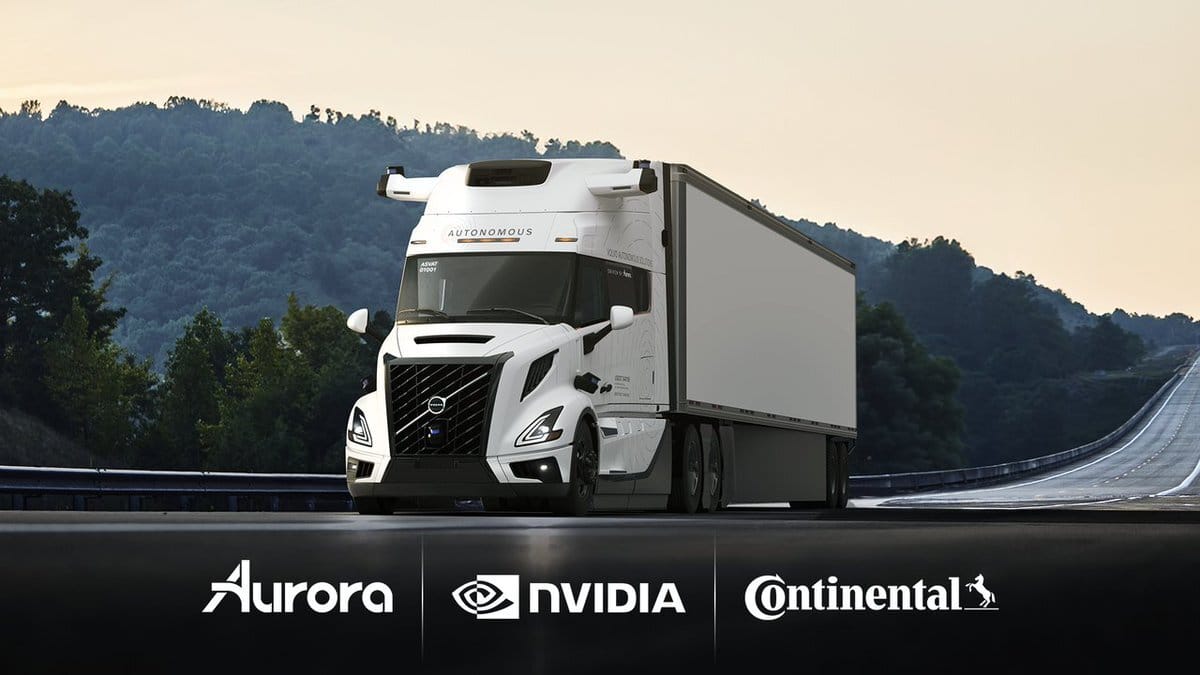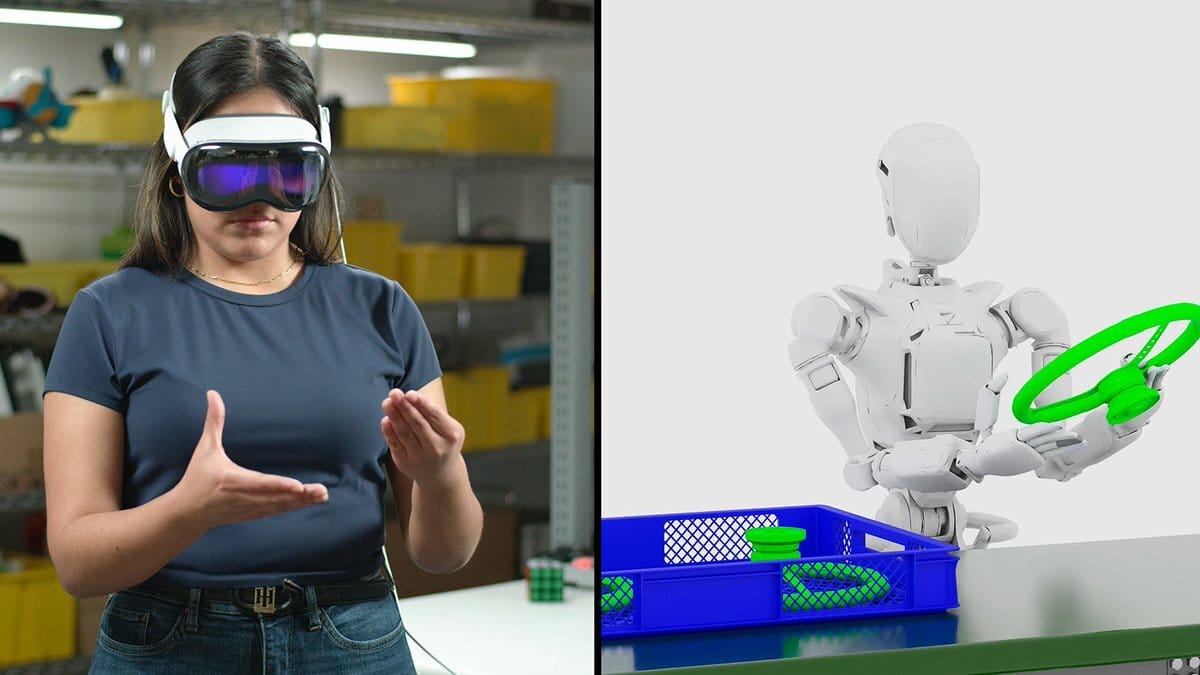- TransAI
- Posts
- NVIDIA Unleashes the Future: Redefining AI, Robotics, and Gaming at CES 2025
NVIDIA Unleashes the Future: Redefining AI, Robotics, and Gaming at CES 2025
From palm-sized supercomputers to AI-driven robotics and next-gen GPUs, NVIDIA’s latest innovations set a new standard for technology’s role in shaping industries and everyday life.
NVIDIA has once again redefined the AI landscape with groundbreaking announcements at CES 2025. Under the visionary leadership of CEO Jensen Huang, the company unveiled a series of innovations poised to revolutionize computing and technology.

Project DIGITS introduces the NVIDIA GB10 Superchip, a compact AI supercomputer capable of handling 200-billion-parameter models. This powerhouse, fitting in the palm of your hand, allows developers to work with AI models up to 405 billion parameters using just two units. Availability is slated for May, with a starting price of $3,000.
In autonomous mobility, NVIDIA’s integration of Cosmos World Foundation Models into its three-computer solution transforms real-world miles into billions of virtual ones, enhancing training data quality. Additionally, DRIVE Thor, built on the NVIDIA Blackwell architecture, and DRIVE Orin, delivering 254 trillion operations per second, are set to elevate the safety and security of autonomous vehicles. Industry giants like Toyota, Aurora, and Continental are already deploying driverless trucks at scale, powered by NVIDIA DRIVE.

The NVIDIA AI Blueprint for video search and summarization introduces dynamic AI features such as chain-of-thought reasoning, task planning, and tool calling, enabling developers to create versatile visual agents. Furthermore, NVIDIA Blueprints for Agentic AI empower the development of custom AI agents excelling in reasoning, planning, and action, featuring NVIDIA NIM microservices and the NeMo framework.
In robotics, the NVIDIA Isaac GR00T Blueprint facilitates the capture of data from human demonstrations, enhancing robot policy training. The ‘Mega’ Omniverse Blueprint simulates facilities for developing, testing, and optimizing large robot fleets within a digital twin, boosting real-world readiness. As Jensen Huang stated, “Physical AI will revolutionize the $50 trillion manufacturing and logistics industries. Everything that moves—from cars and trucks to factories and warehouses—will be robotic and embodied by AI.”

The introduction of NVIDIA Nemotron Models and Omniverse Sensor RTX further underscores NVIDIA’s commitment to advancing AI capabilities across various sectors.
In the gaming arena, NVIDIA unveiled the GeForce RTX 50 Series GPUs, based on the Blackwell architecture. These GPUs feature fourth-generation RT cores for hardware-accelerated real-time ray tracing and fifth-generation deep-learning-focused Tensor Cores. The flagship RTX 5090 model will be available in January for $1,999, with the RTX 5070 launching in February for $549.
These innovations signify a monumental leap for the future of computing and the tech world. NVIDIA’s advancements in AI supercomputing, autonomous mobility, robotics, and gaming are set to democratize access to powerful AI tools, enabling developers and industries to harness unprecedented computational power. This democratization is poised to accelerate innovation, streamline operations, and transform industries, heralding a new era where AI-driven solutions become integral to everyday technology.